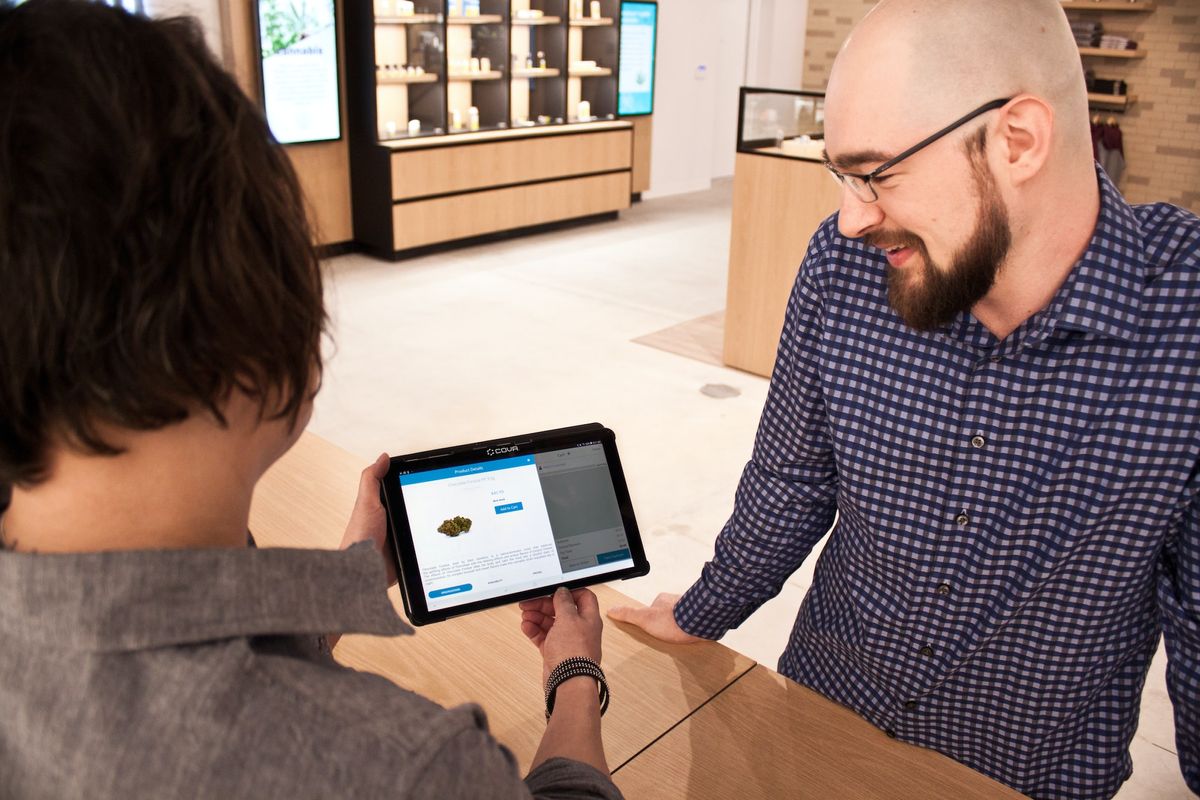How older consumers weather economic shocks
Seniors are an important market that's often overlooked

In times of economic crisis, consumers often face financial challenges and changes in their spending habits.
However, according to a report from the Boston Consulting Group (BCG), mature consumers—those between the ages of 50 and 70 who represent approximately 1 billion people worldwide—have proven surprisingly resilient during these difficult situations.
The Purchasing Power of Mature Consumers
Although the purchasing or consumption potential of mature consumers is often underestimated, the reality is that this group accounts for a significant portion of annual spending across various product categories in 12 key markets.
In fact, the BCG report reveals that mature consumers contribute approximately 27% of total spending each year, which equates to around US$7 trillion. This impressive figure shows that their purchasing power is a considerable force in the global economy.
Breaking the Stereotypes of Conventional Marketing
One of the challenges marketers face is the use of stereotypes about mature consumers. They are often seen as price sensitive and dependent on physical stores for their purchases.
This has led to many brands not properly including them in their marketing strategies and not recognizing them as trendsetters. However, the BCG report reveals that 90% of mature consumers use social media daily and are active online.
Additionally, they value live interaction with sales agents, but they also appreciate the convenience of shopping online, sometimes even more than younger consumers.
These revelations challenge stereotypes and open up new opportunities to reach this valuable demographic through digital media and online marketing techniques.
The Preference for High-Quality Products
Mature consumers stand out for their preference for high-quality products. Unlike other demographic groups, they are willing to invest in higher value and durable goods. This preference not only gives them greater satisfaction with their purchases, but also makes them relatively resistant to economic shocks.
When the budget becomes tight, these consumers are more likely to prioritize products that have proven quality and are more durable in the long run. Companies can capitalize on this feature by focusing on offering high-quality products that meet the needs and expectations of this market segment.
The Influence on Purchase Decisions
Another advantage of mature consumers is their significant influence on purchasing decisions, especially in the case of younger consumers.
The experience and wisdom accumulated over the years make them trusted sources of advice and recommendations. This means that the purchasing decisions of younger family members may be influenced by the opinions and preferences of older consumers.
Companies can take advantage of this factor by designing marketing strategies that take into account the importance of capturing the attention and satisfying the needs of this group, knowing that their purchasing choices can affect other market segments as well.
The Continued Growth of the Demographic Segment
It is important to note that the mature consumer segment will continue to grow in size in the coming decades. According to projections, it is expected to reach almost 1.1 billion people by the year 2050 in the countries analyzed.
This means that your relevance and potential as a target market will only increase over time. Companies that develop the right strategies to attract and retain this demographic will be positioned to reap significant long-term benefits.
